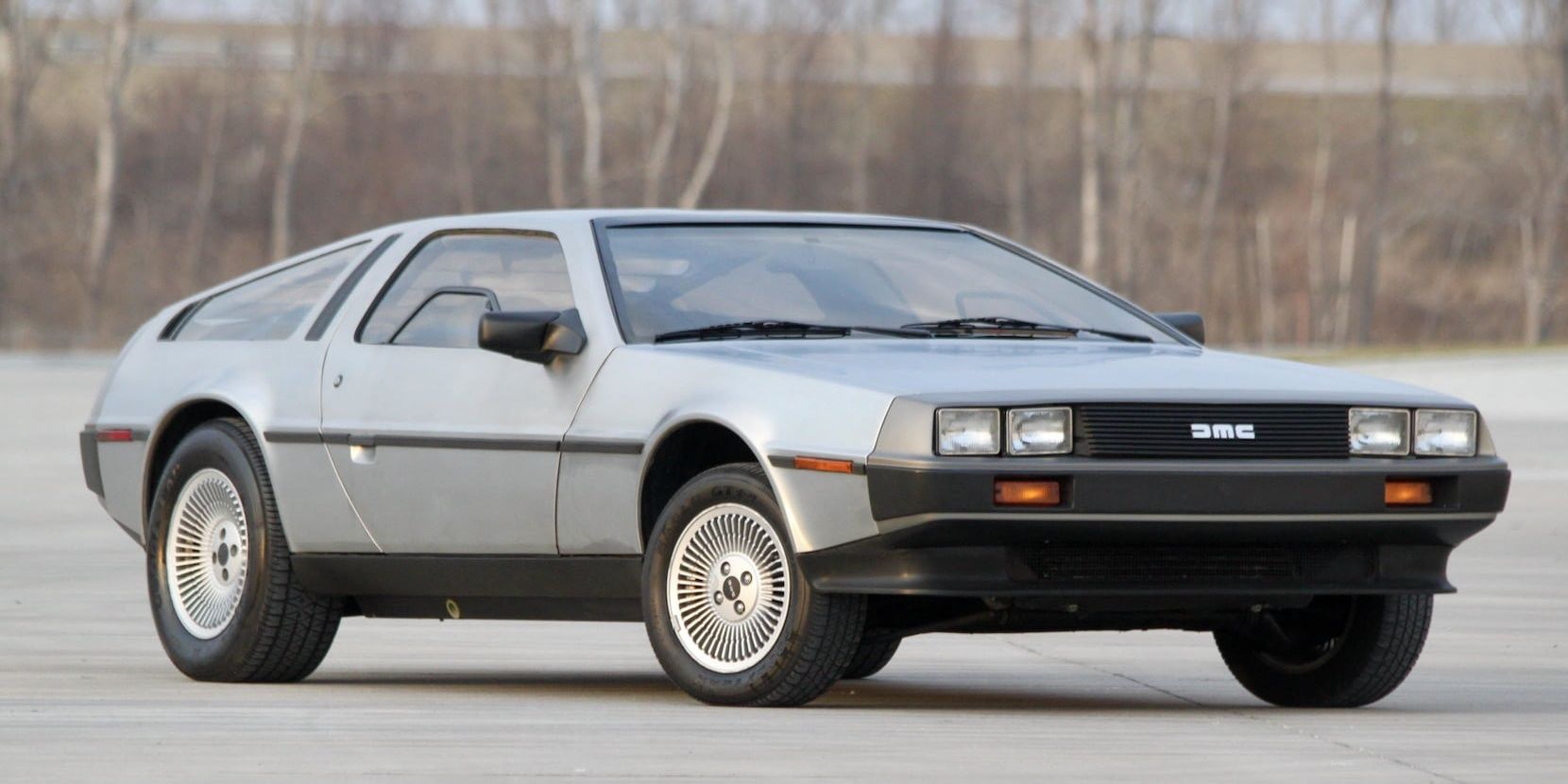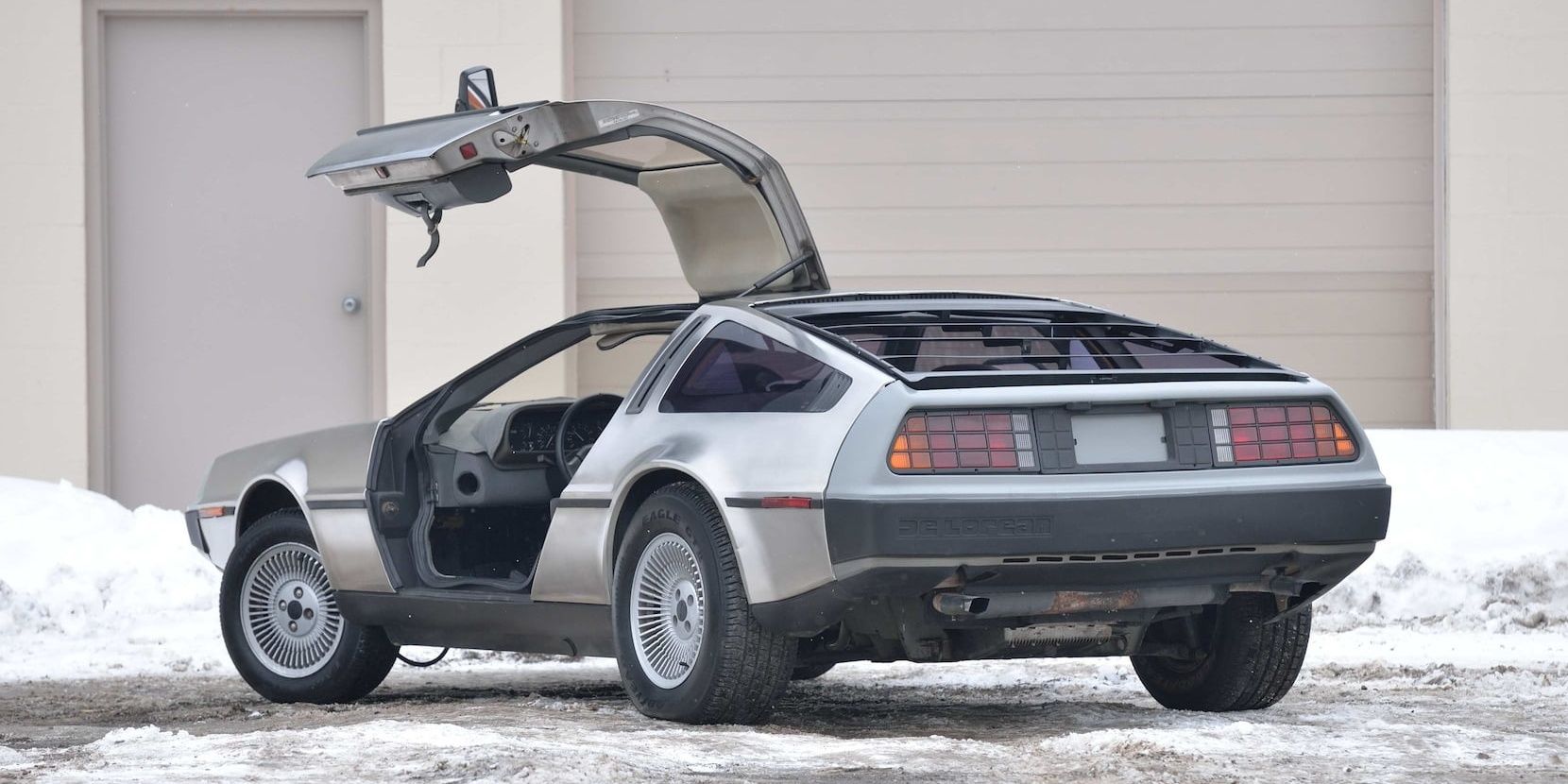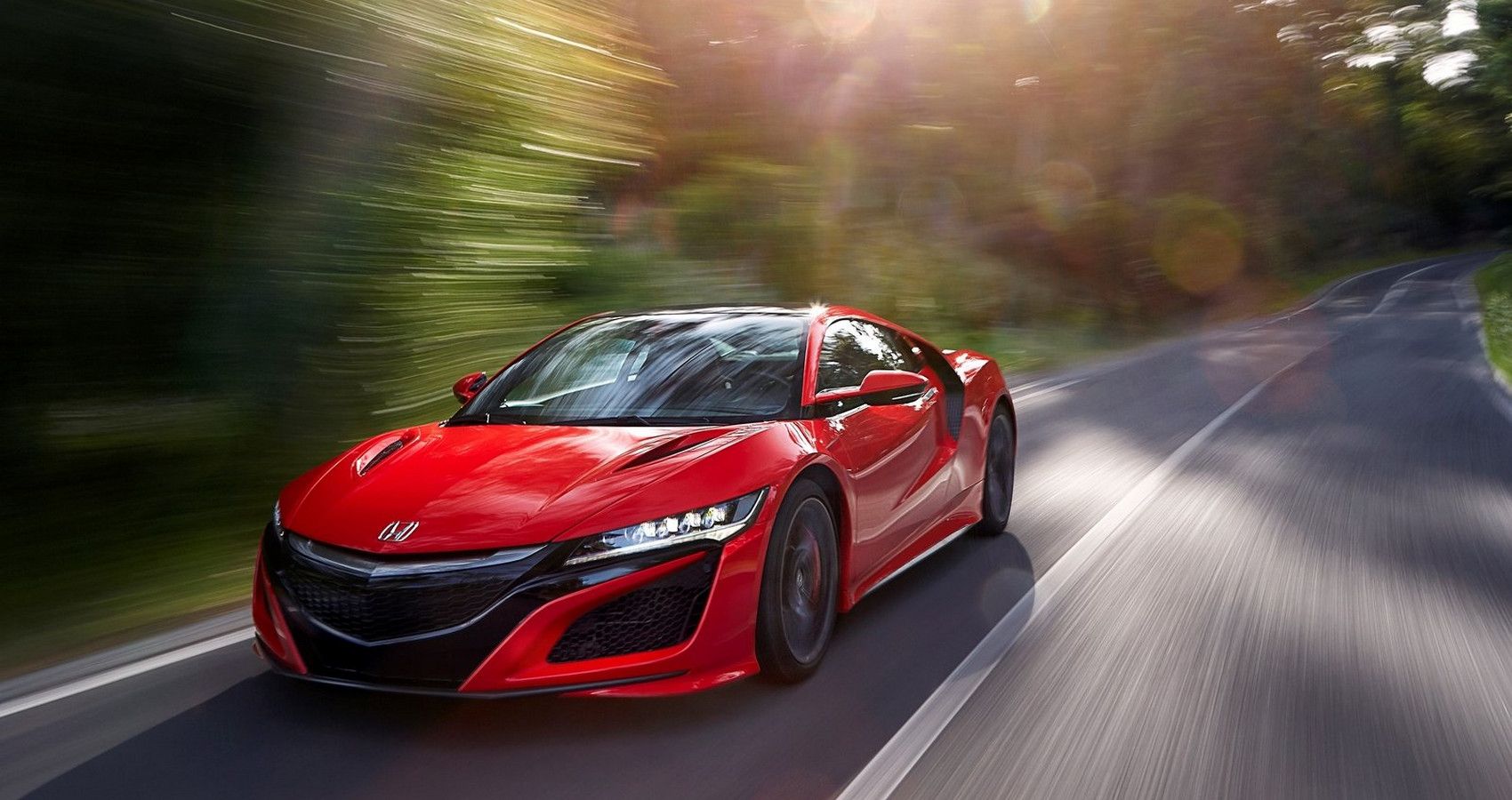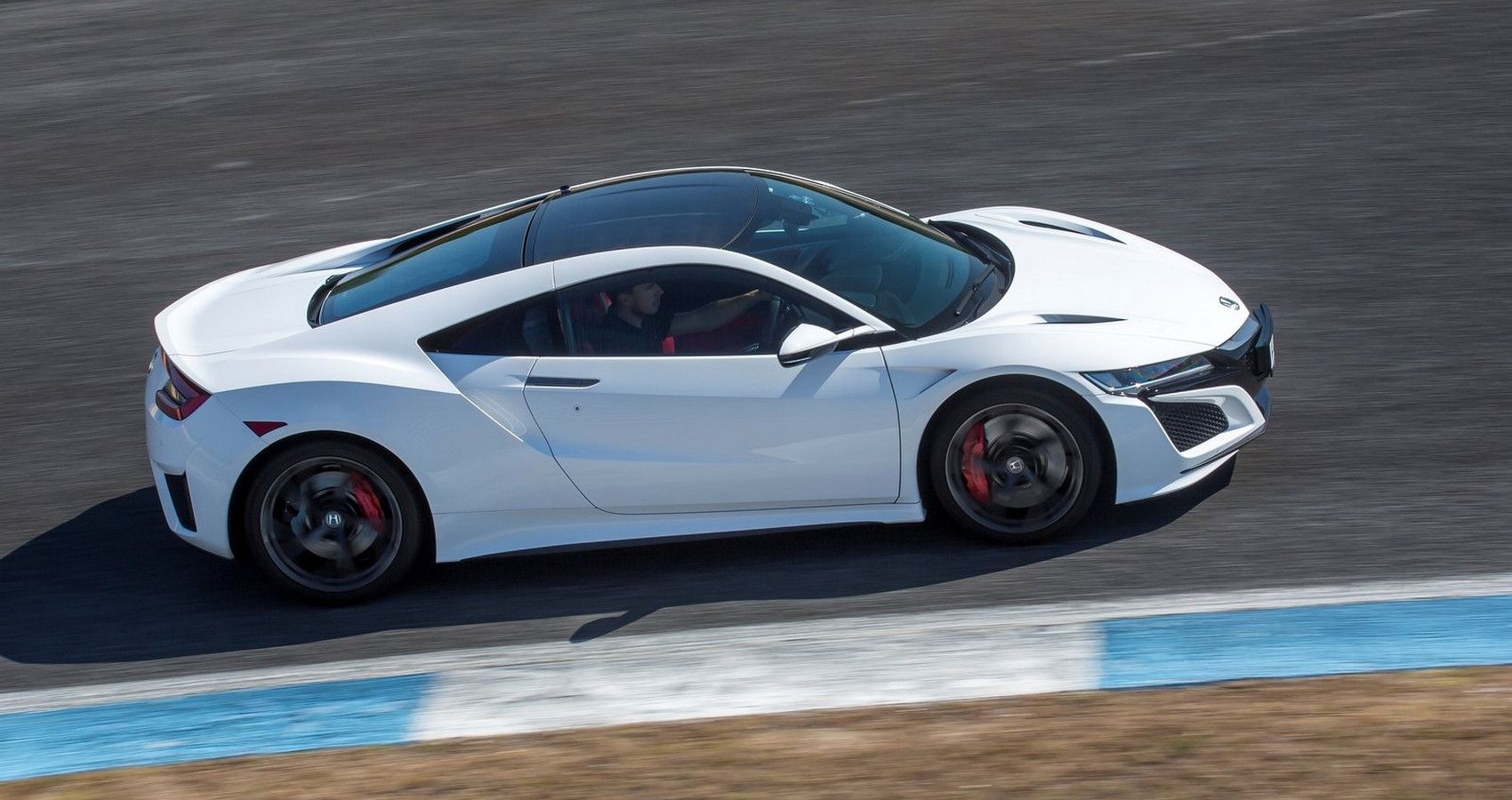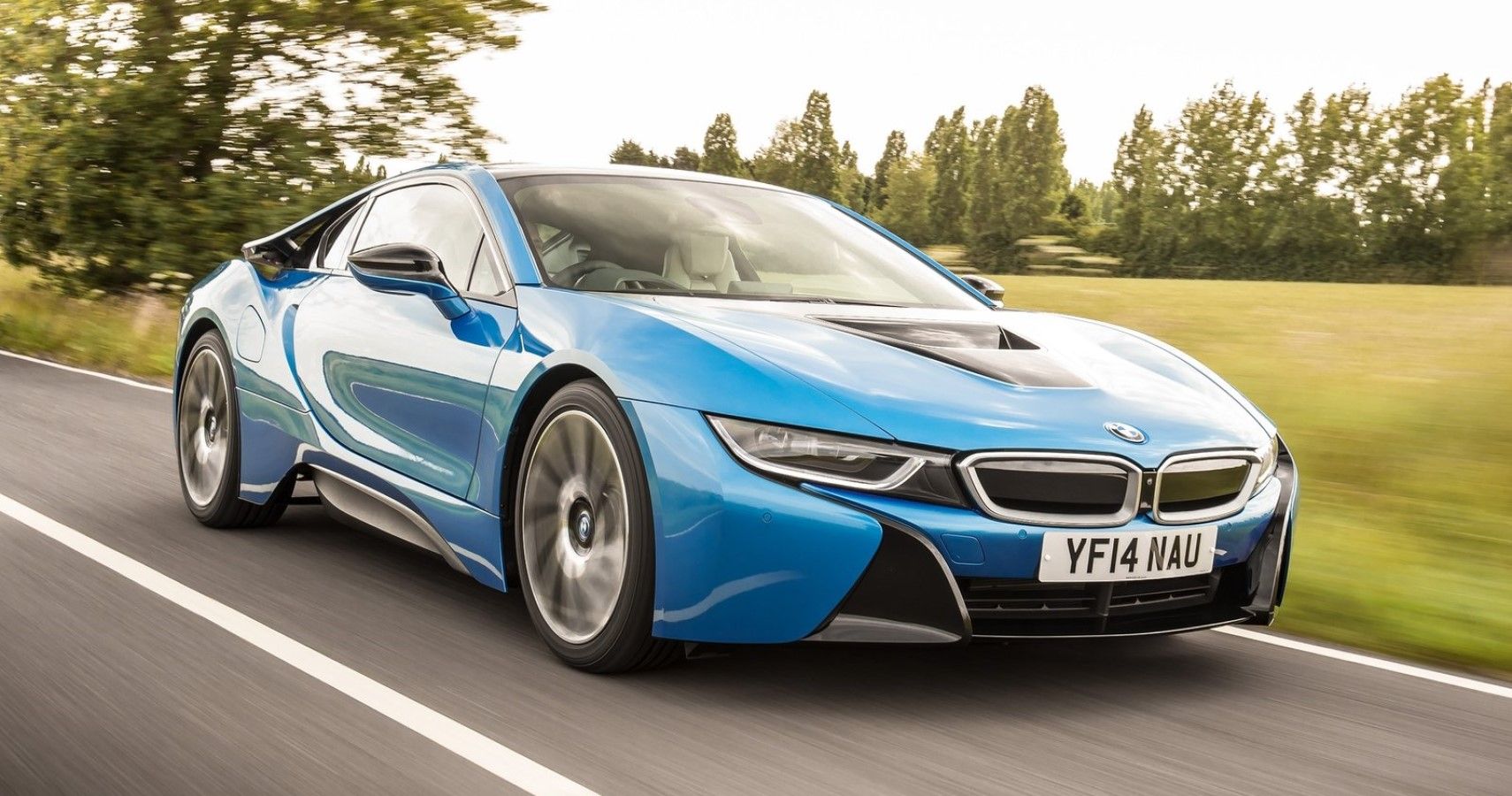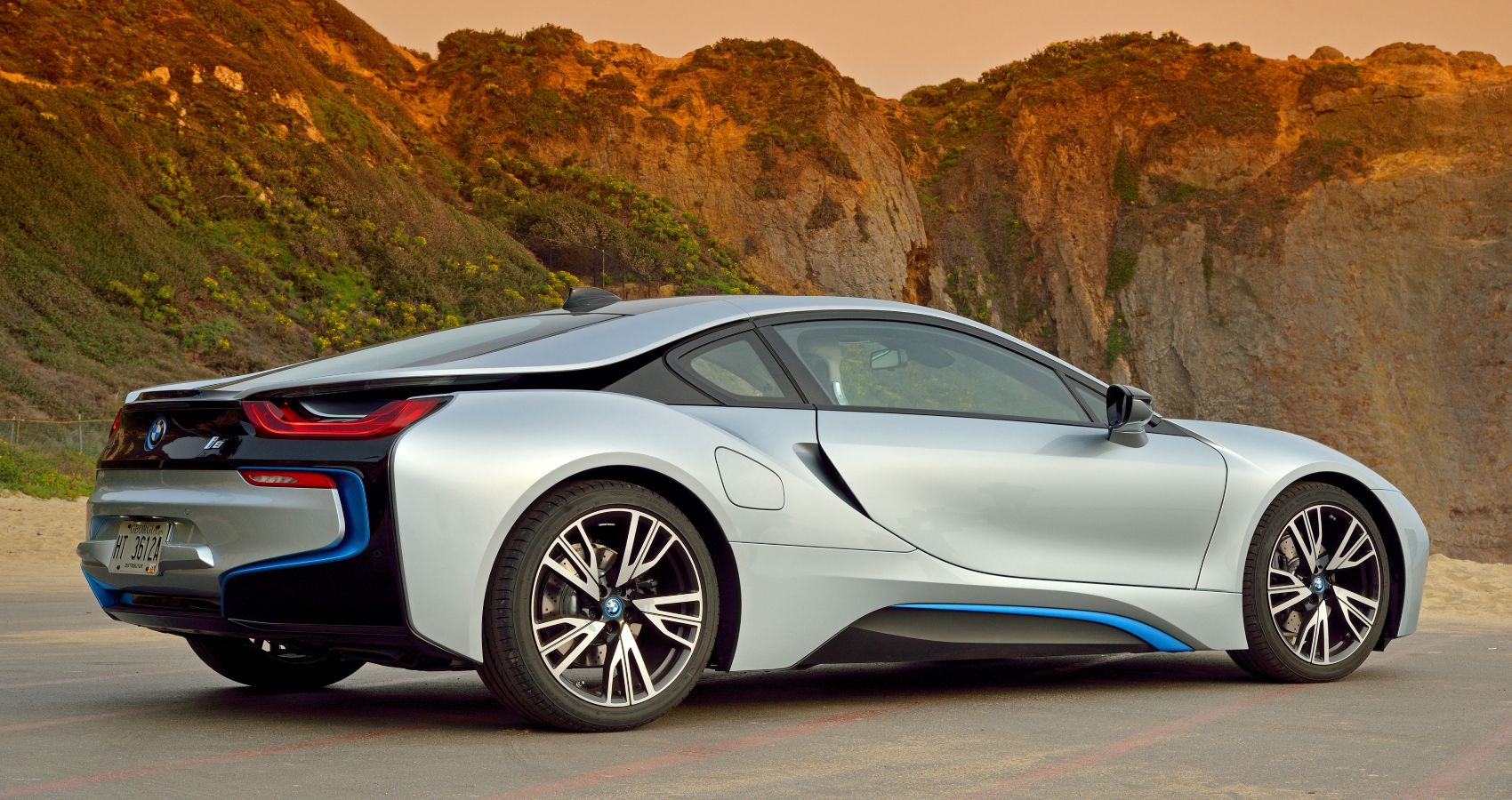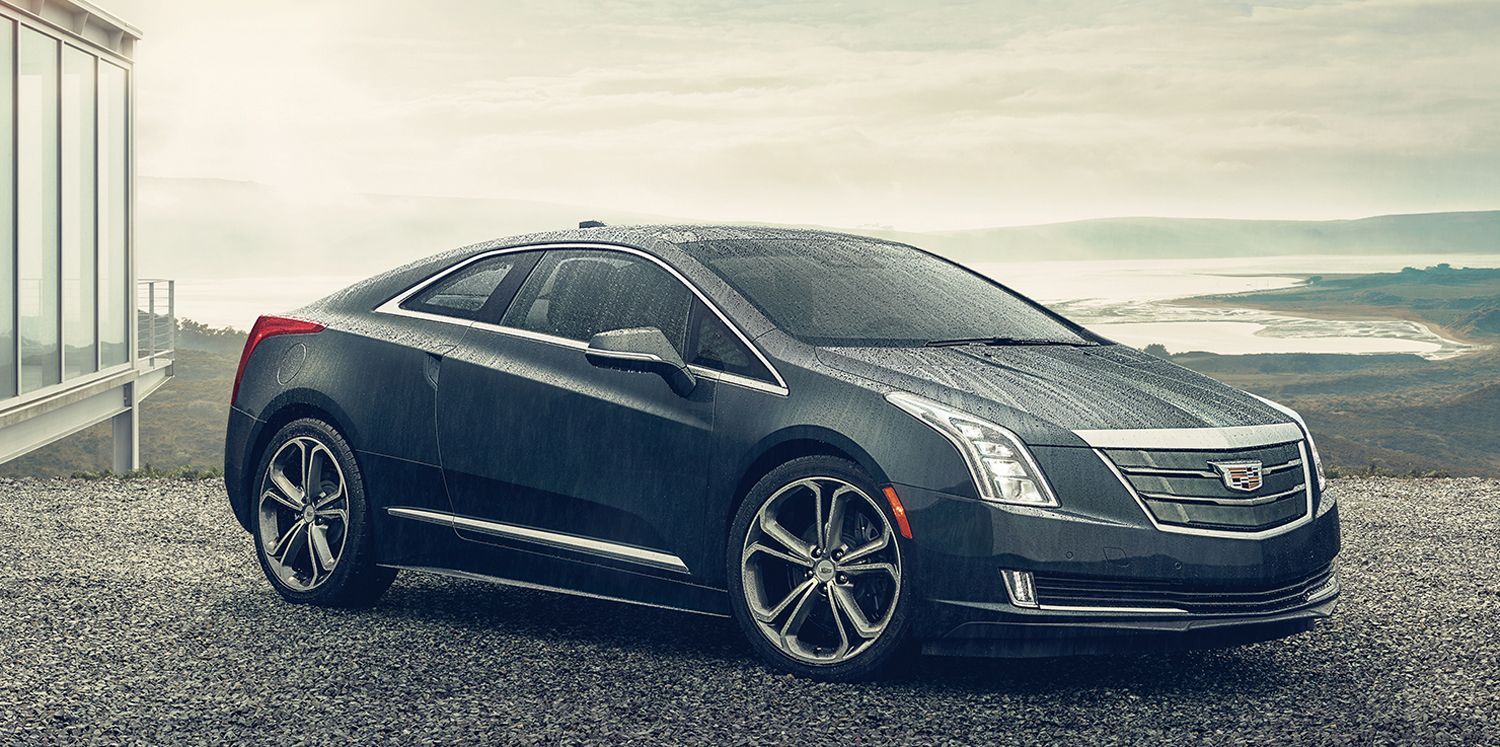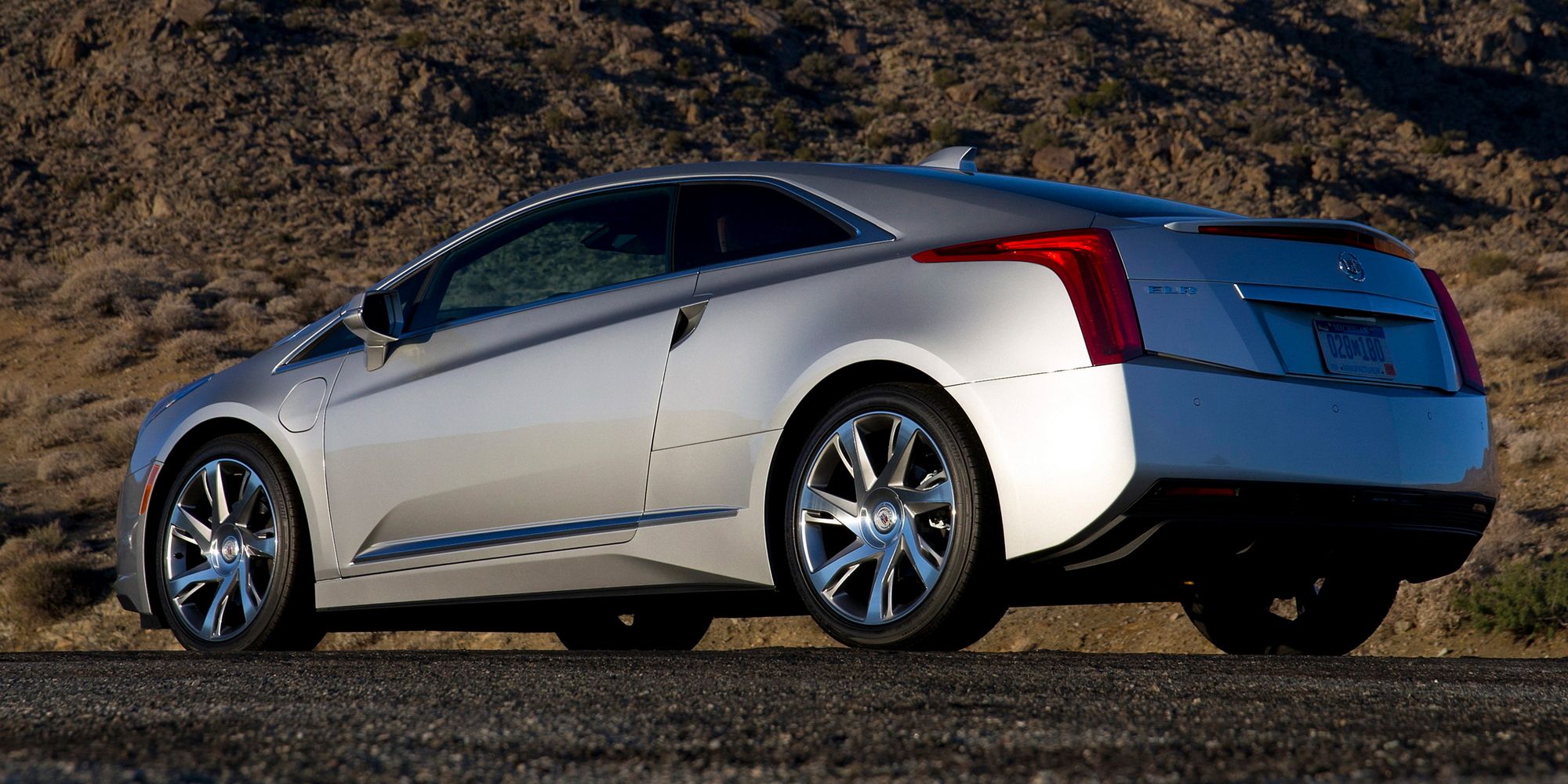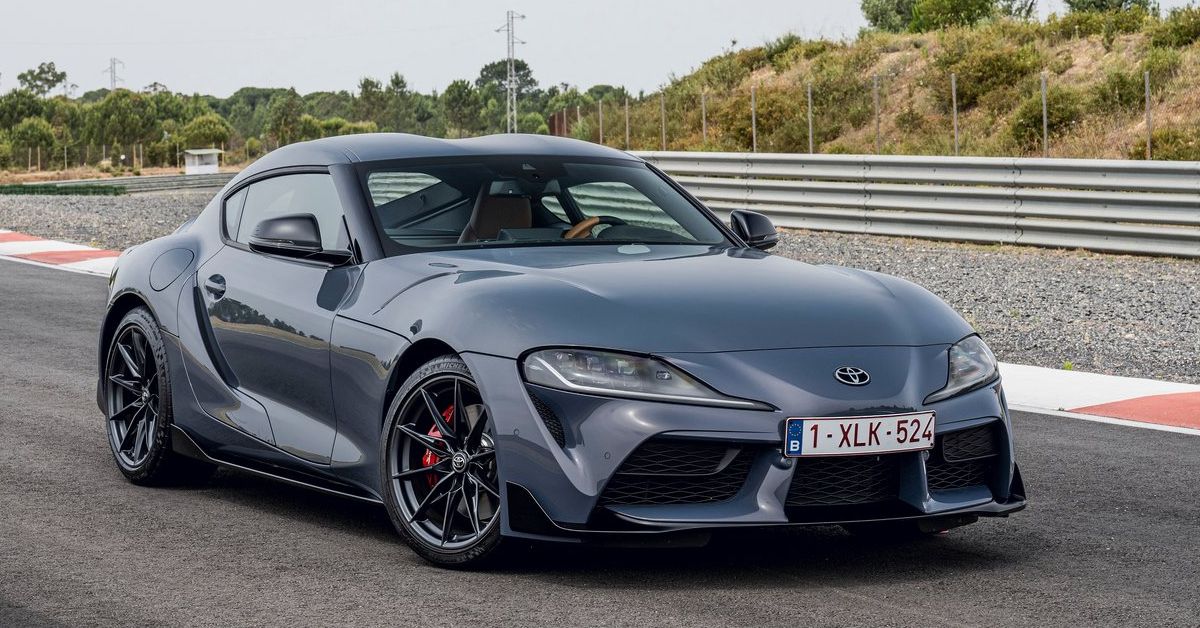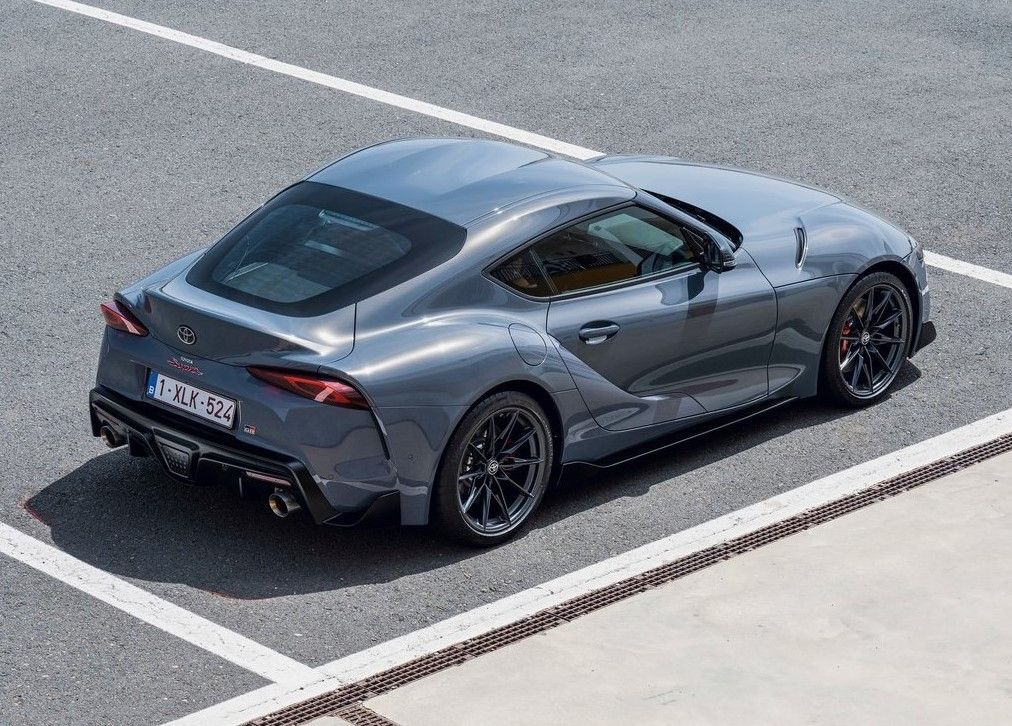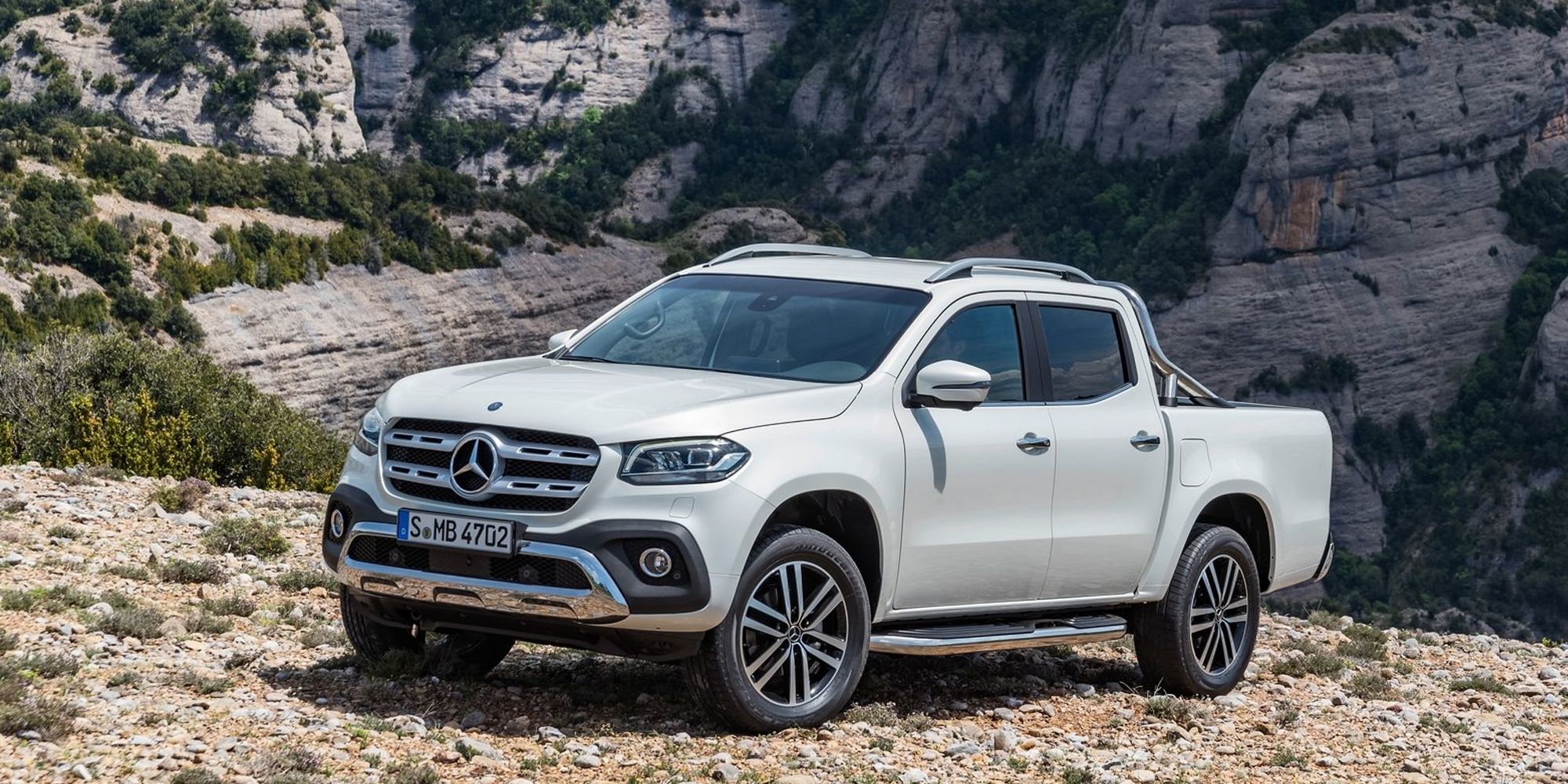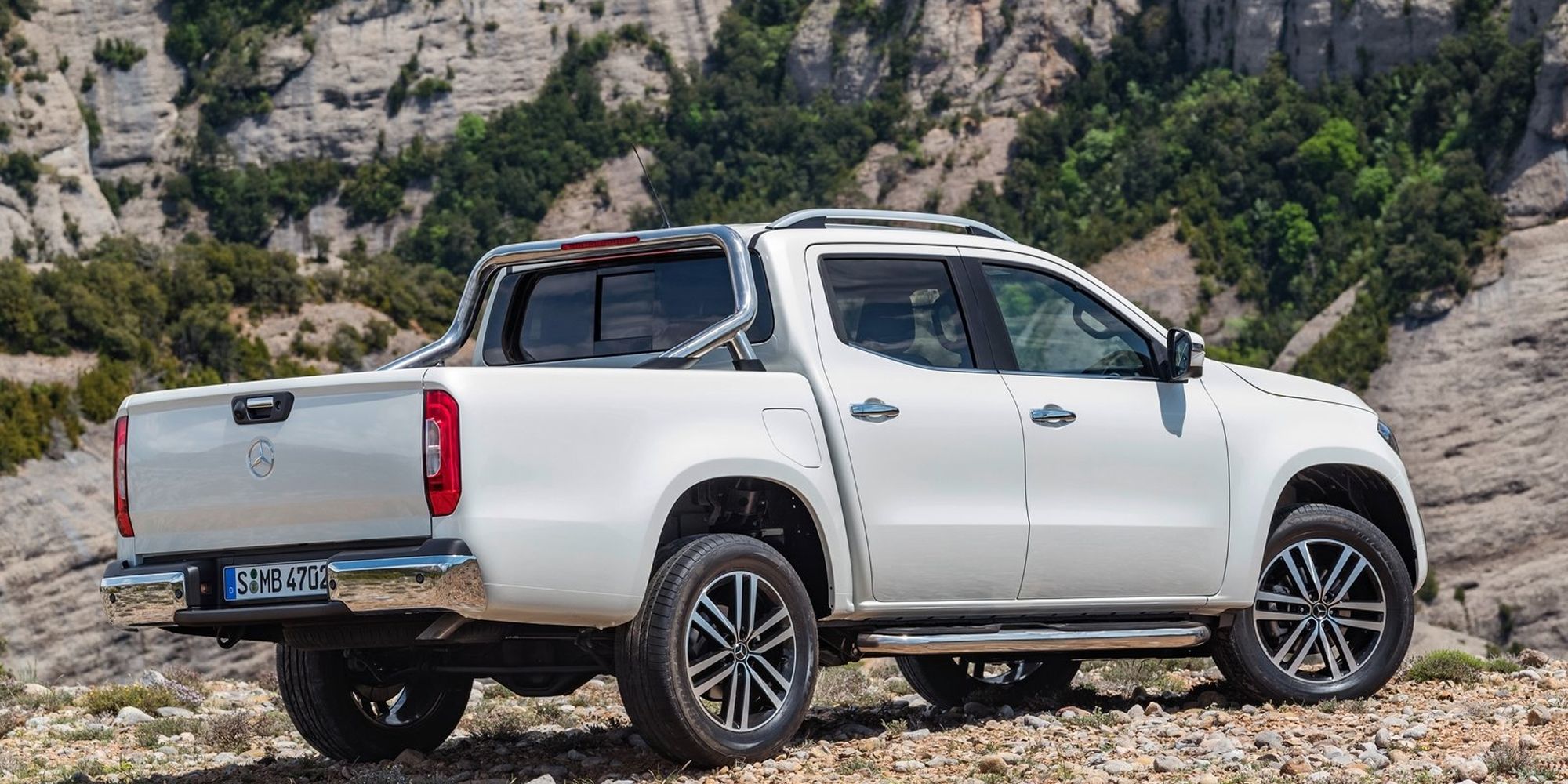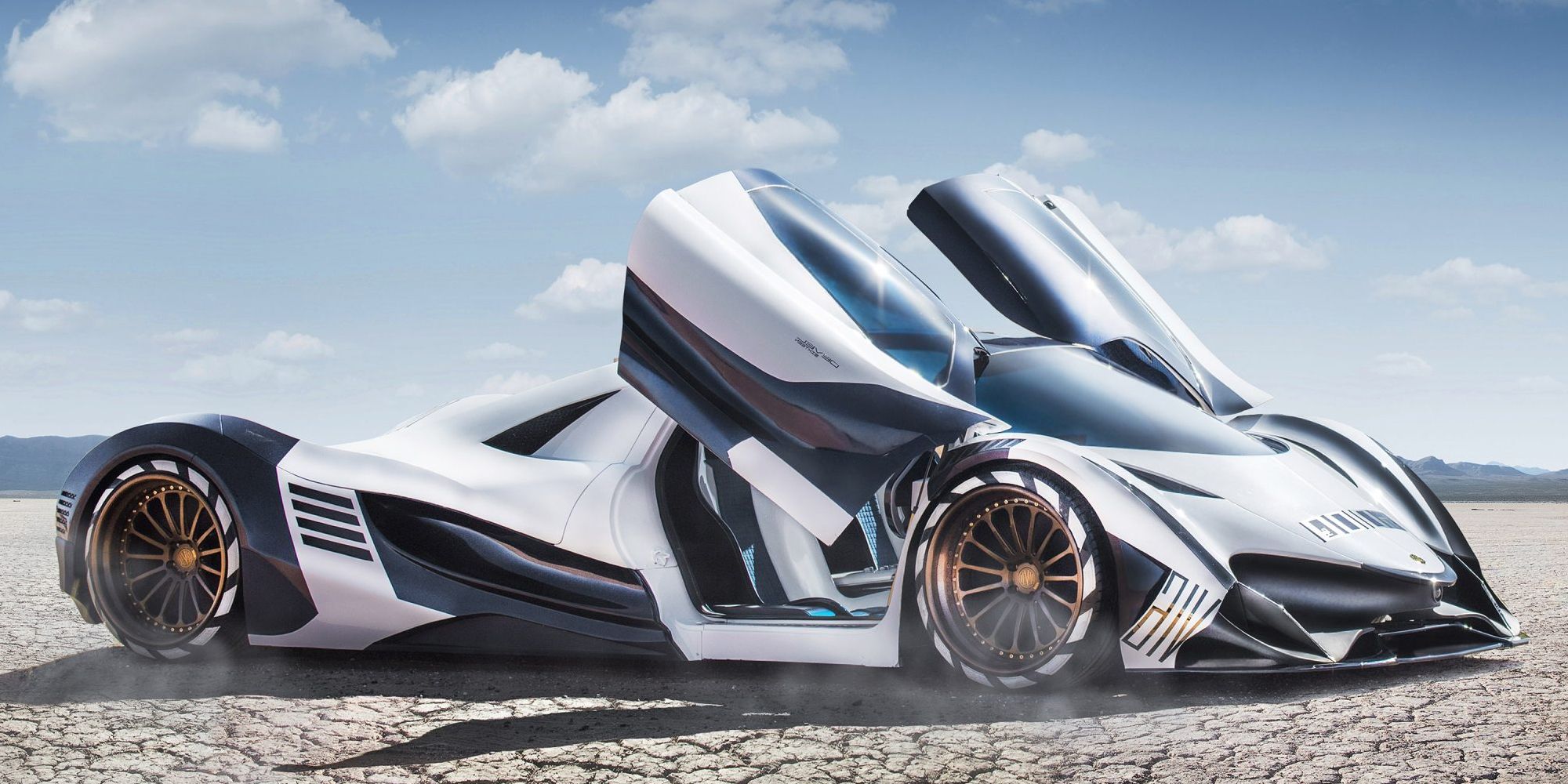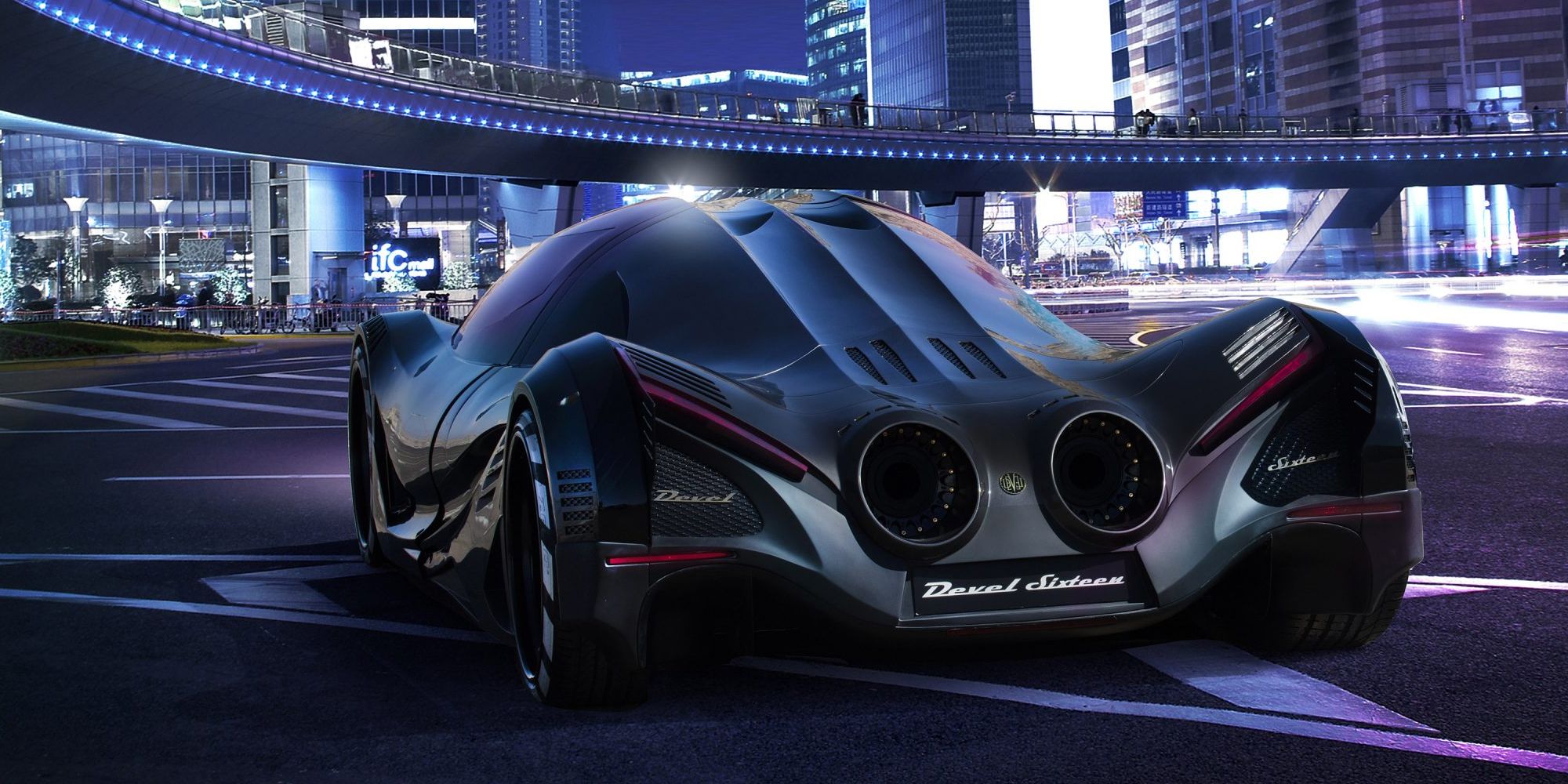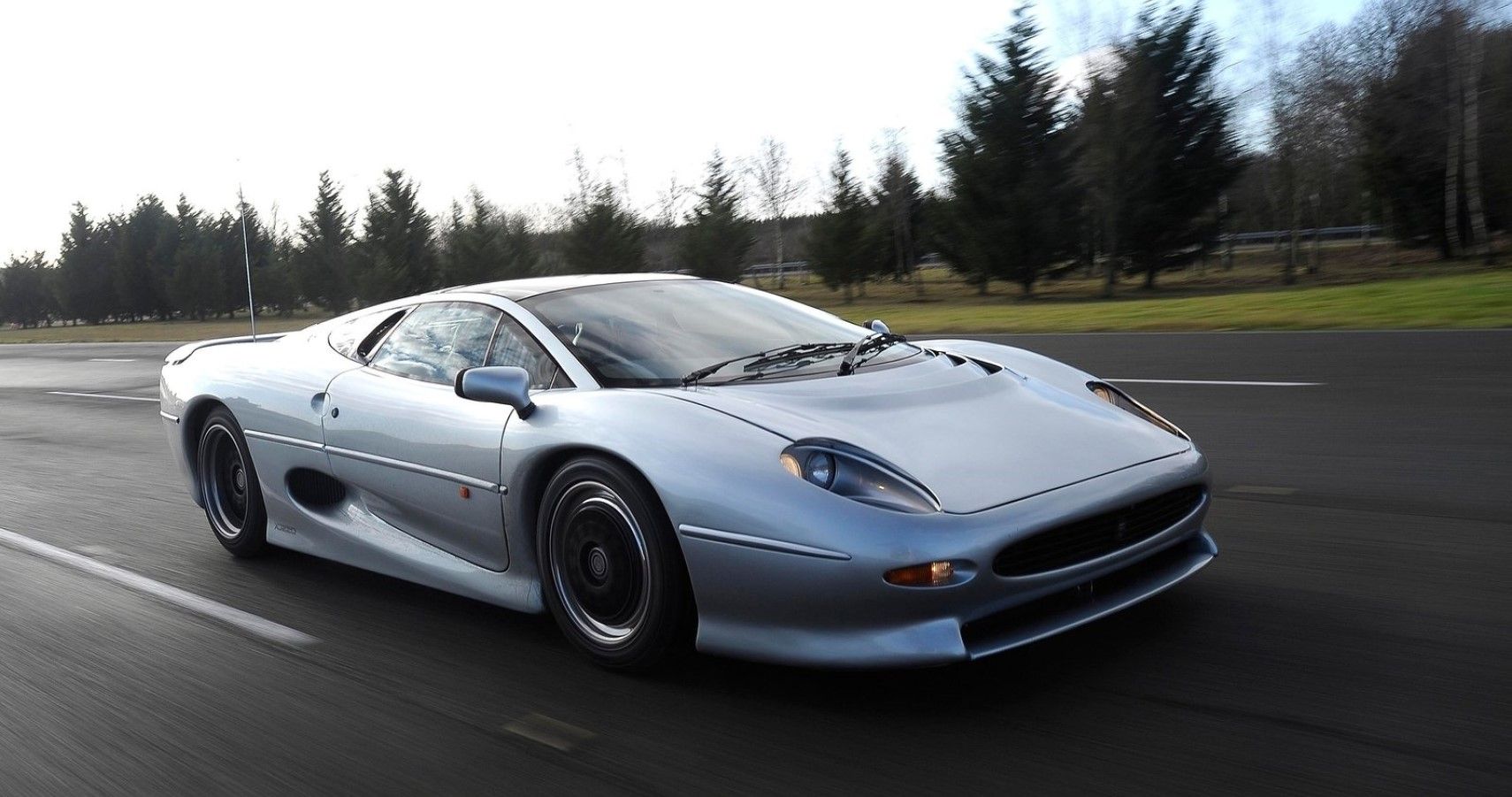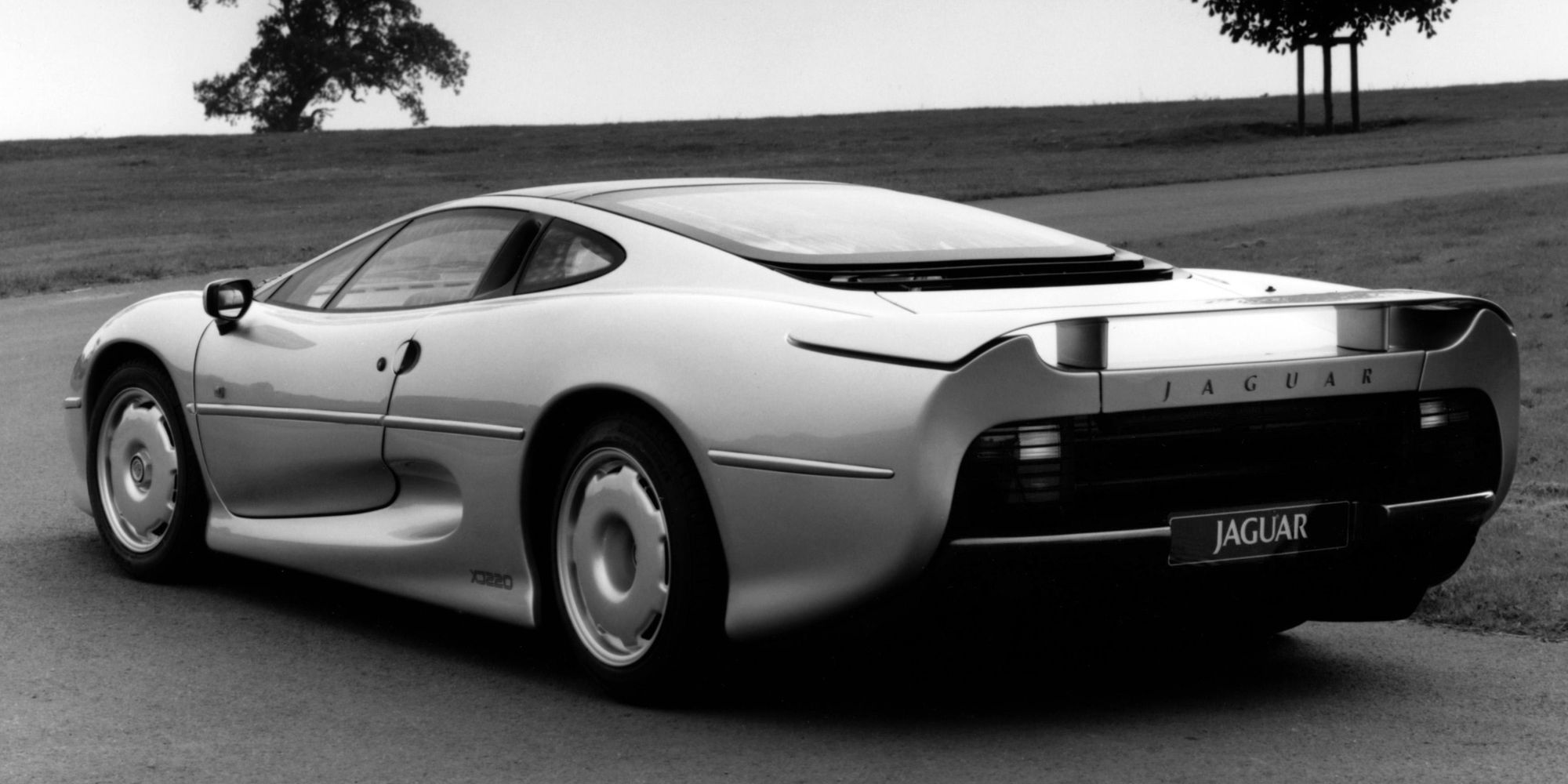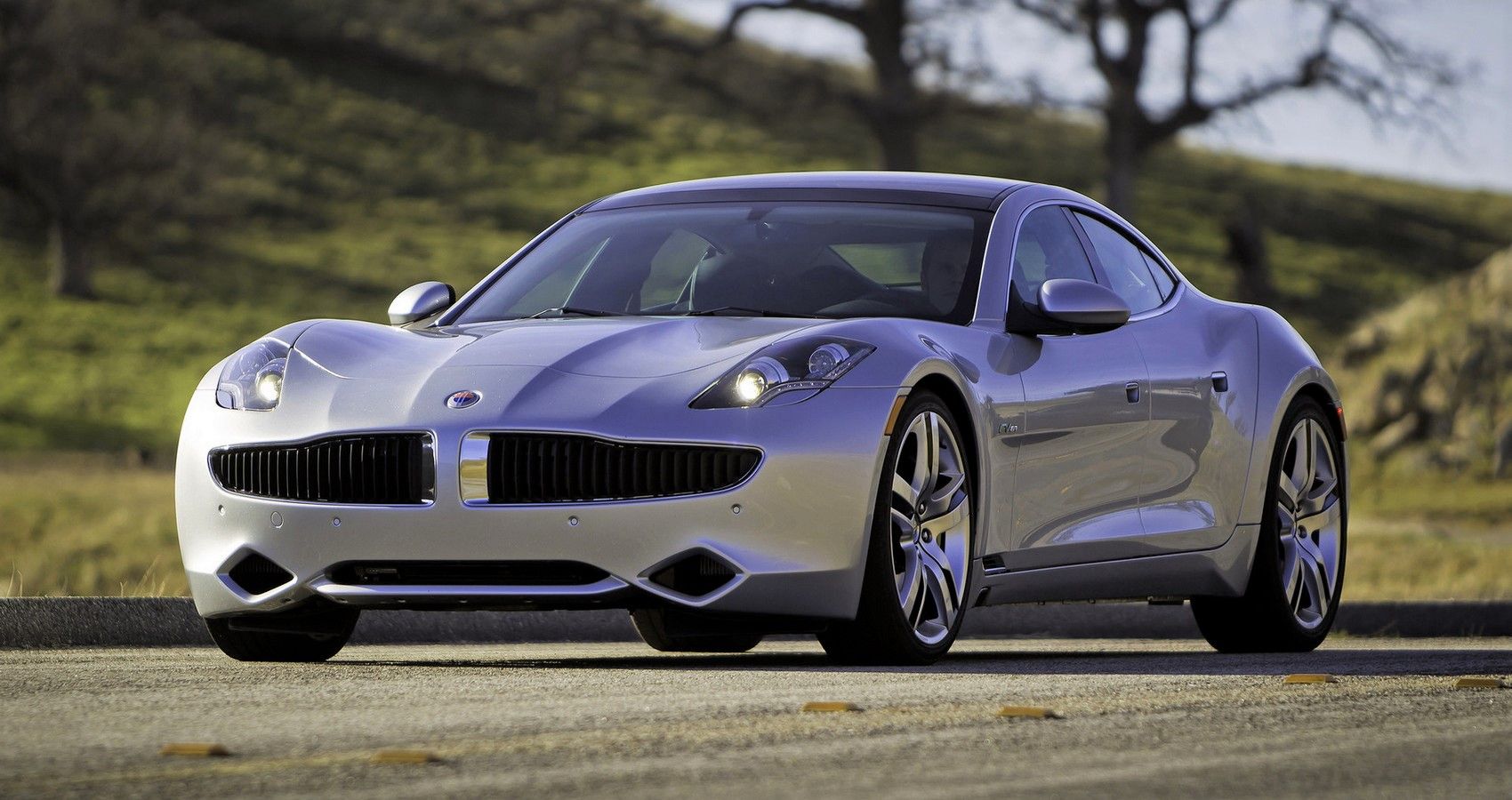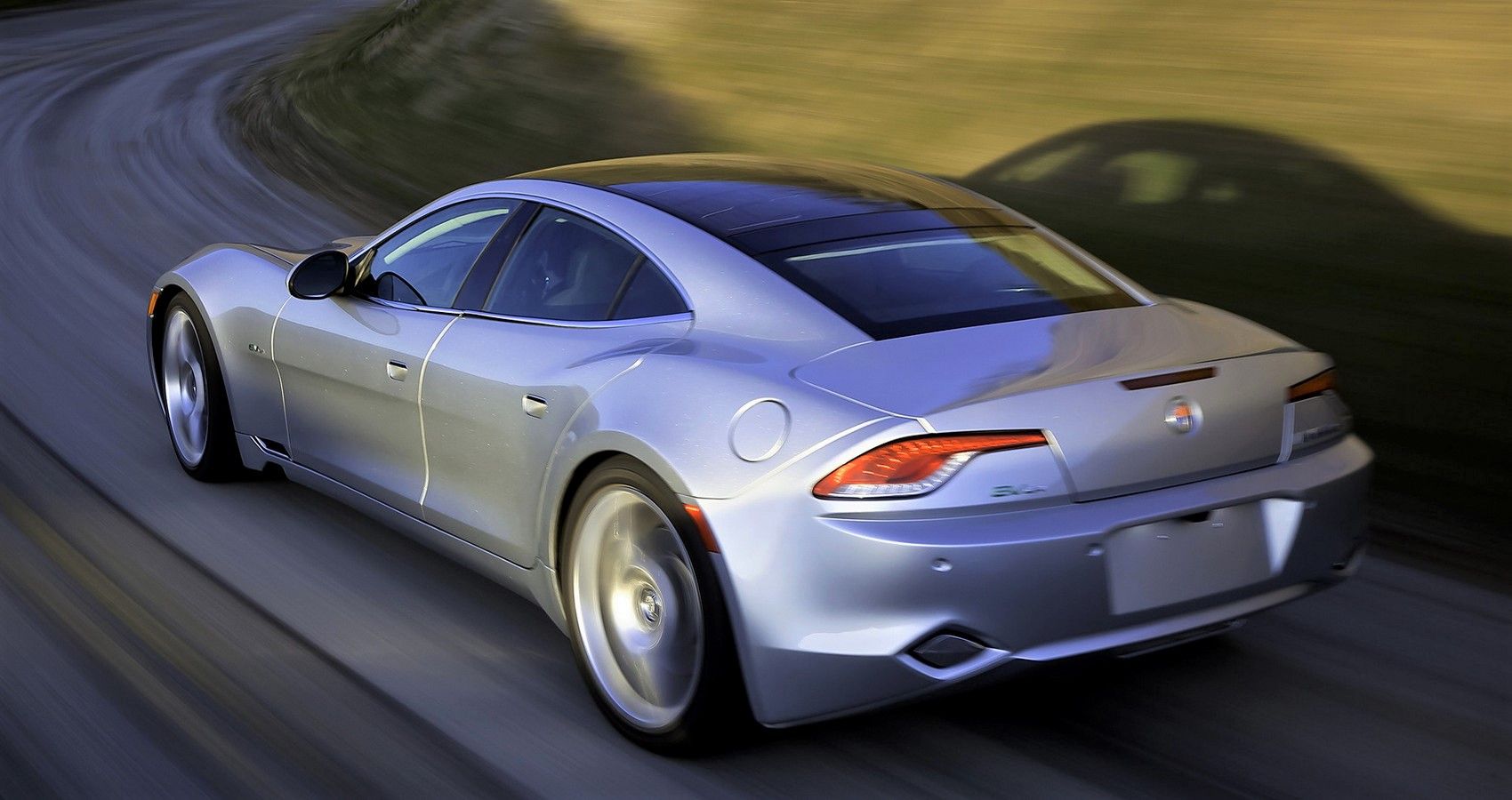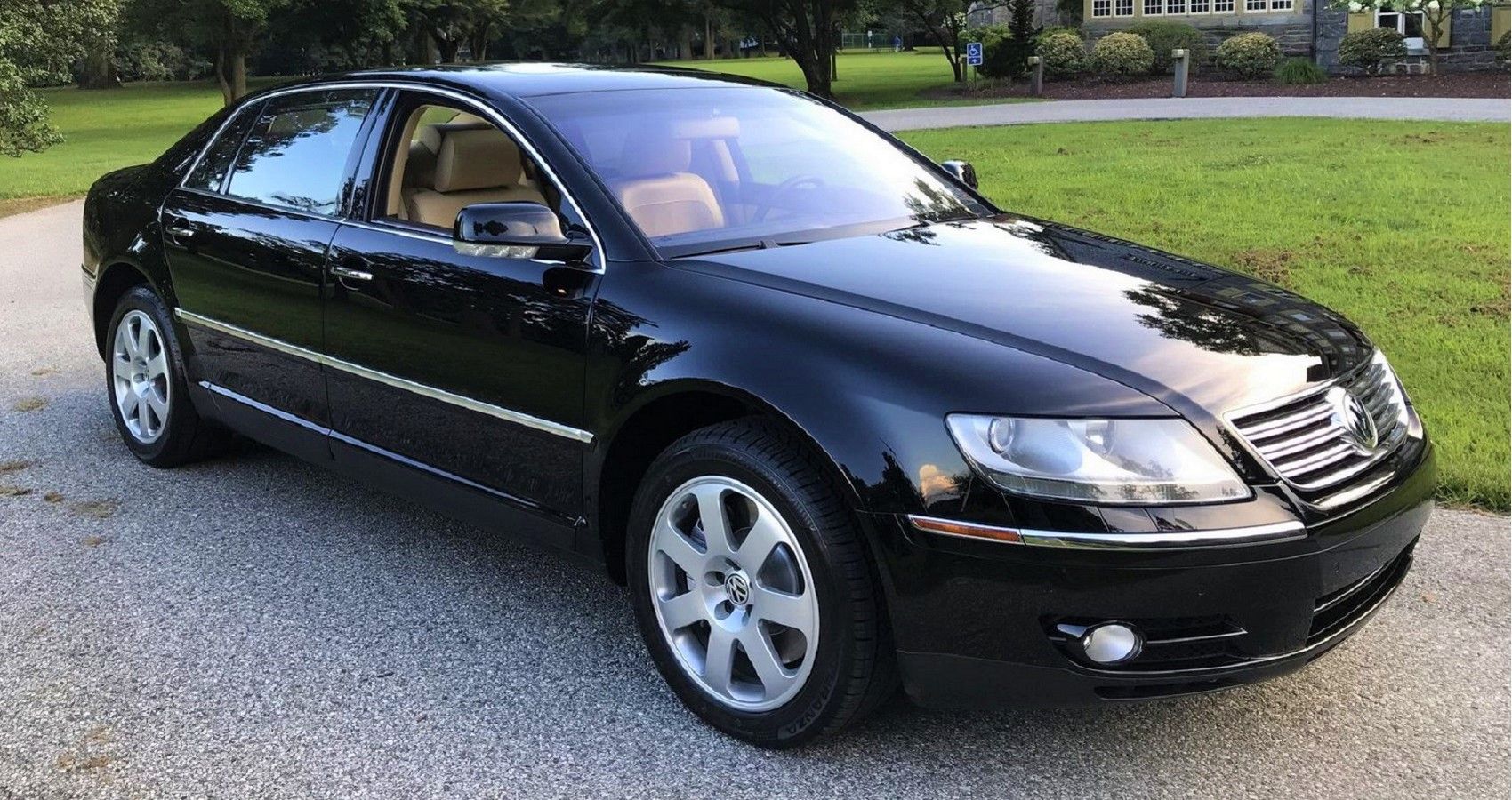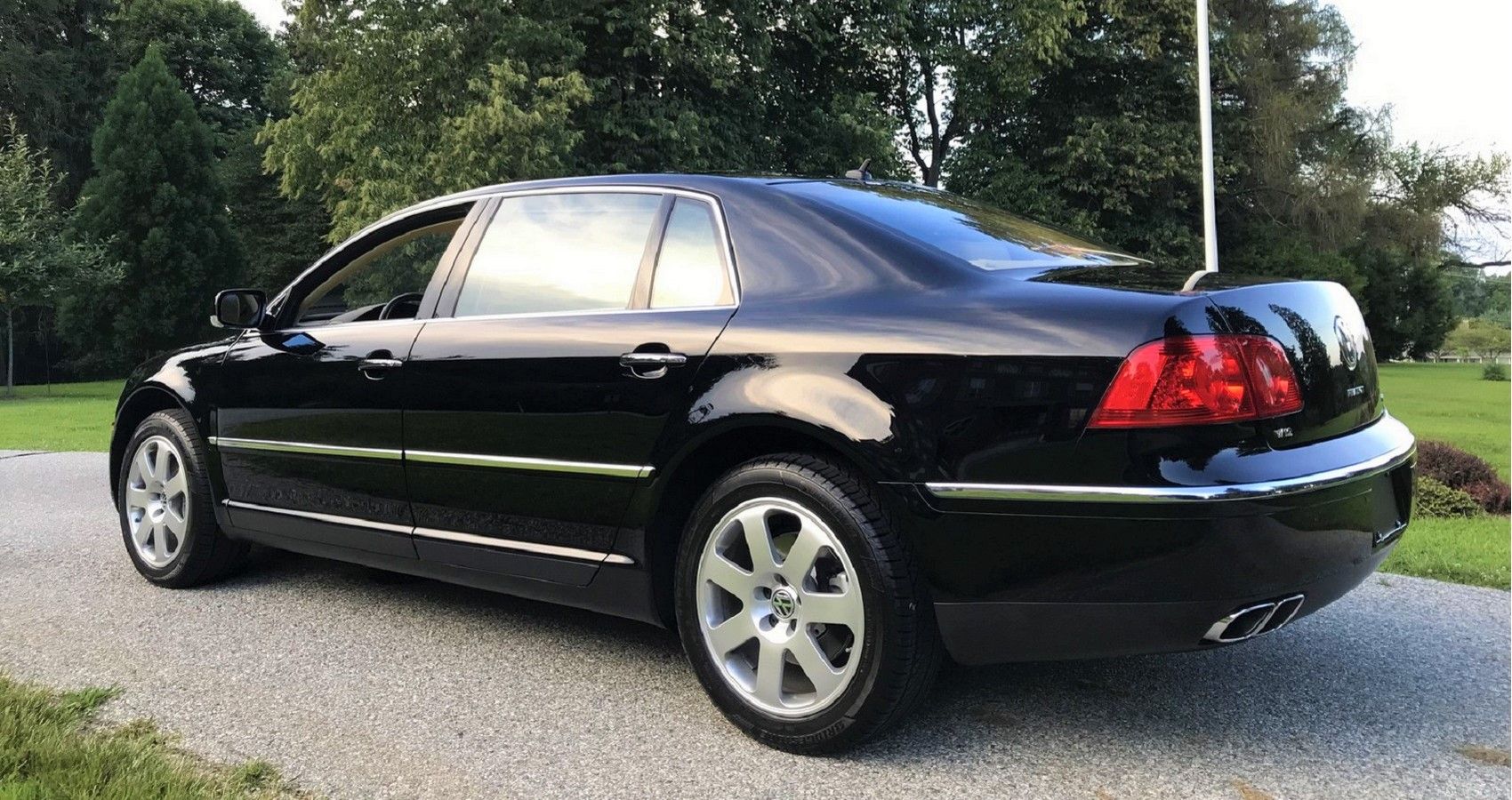Within the automotive industry, automakers often showcase new concept cars or prototypes which promise to be the fastest, quickest, most efficient or most ridiculous thing they have ever made, but by the time the production version rolls around, these claims have all but vanished.
There have been many such instances where car manufacturers made bold claims about their upcoming models and sports cars – which got the motoring community quite intrigued and had us talking about it. An example of this was the current Honda NSX. Honda claimed it would use a V10 derived from their older Formula One car and that it would essentially be a mid-engine Lexus LFA. What we got was a twin-turbo V6 hybrid. Quite the letdown. Another one of these promises which is still ongoing involve the utterly ridiculous Devel Sixteen – a hypercar from the UAE. Each time it is shown off, the car has a different power output and gets a new production date. Most people have lost interest in it as the power output claims seem too high to be viable for a road car.
So, while many automakers make promises about their new models which turn out to be true – or even better than claimed – many have turned out to be the exact opposite. With that, here are ten times carmakers built cars that over-promised and under-delivered on their production versions.
10/10 DeLorean DMC-12
The DeLorean DMC-12 is best known for its futuristic design and the fact that it starred in the awesome Back to the Future movies. The stainless-steel sports car which featured gullwing doors and had the engine in the back sounded like a fantastic alternative to the cars which were available at the time.
Unfortunately, the original DeLorean was a bit of a letdown. While the stainless-steel and gullwing doors stayed, the performance was less than sub-par, with the 2.85-liter V6 producing just 130 hp and 153 lb.ft of torque. While the construction and design were revolutionary, the rest became quickly outdated.
9/10 Honda NSX
The Honda NSX was a car which redefined an entire automotive genre. It showed the world that mid-engine sports cars do not need to cost an arm and a leg or cost a fortune to maintain. So, when Honda announced a new NSX was in the works, fans were ecstatic.
The NSX concept car showed promise and initial reports stated a high-revving V10 was the powerplant of choice. Ultimately, the V10 was scrapped in favor of a twin-turbo V6 – with a hybrid setup. This was after Honda stated that they won’t employ hybridization. The NSX turned out to be a good car, but wasn’t quite what everyone was expecting or hoping for.
8/10 BMW i8
The BMW i8 was one of the most talked-about cars in automotive history thanks to its design and engineering. Launched in 2014 and discontinued in 2020, the i8 still looks like a concept car which should only be in full production in ten years or so. The disappointing aspect of the car is the fact that it does not achieve anywhere near the claimed figures.
Another slight issue with the i8 is the fact that it is powered by a 1.5-liter turbo-3 – the same engine used in the Mini Cooper hatchback. With the vehicle being a hybrid, BMW decided to pump fake engine noises into the cabin and make it emit weird noises on the outside to let people know it is around. Pretty terrible for a car which is really not all that bad.
7/10 Cadillac ELR
The Cadillac ELR had a great premise, but flopped spectacularly. Based on the Chevrolet Volt platform, the ELR was meant to be a more luxurious alternative to the pretty utilitarian eco-friendly vehicle. While the styling wasn’t that bad, everything else just didn’t work out at all.
The ELR was only sold for two model years and Cadillac lost money on every single one they sold, even when the car was initially listed for a ridiculous $75,000. Interestingly, the ELR was even slower than the Volt it was based on and had a much worse range.
6/10 Toyota Supra Mk5
Don’t get us wrong, the Toyota Supra Mk5 is an awesome car. The issue some may have with it is the fact that it isn’t very Japanese. The engine, drivetrain, and most of the interior is straight out of a BMW and this has made some fans quite angry.
While the Supra wasn’t launched with a manual, Toyota has re-engineered the car and retrofitted it with one, increasing the desirability factor exponentially. Even though it is not fitted with a 2JZ or a modern version of it, the B58 BMW engine is rapidly becoming one of the best engines on the market. Not at all bad for a Japanese-German collaboration.
5/10 Mercedes-Benz X-Class
The Mercedes-Benz X-Class was the German automotive giant’s first attempt to get into the medium-sized pick-up market and steal some sales away from the likes of the Ford Ranger, Toyota Hilux, and Volkswagen Amarok. Unfortunately, it failed miserably.
One of the reasons for this is the fact that instead of building or modifying their own platforms, Mercedes borrowed one from Nissan, specifically the one used for the Navara. All they then did was stick a redesigned body and interior on the vehicle, and they were done. The result was a Nissan-powered Mercedes-Benz with terrible ergonomics, and which cost more than any of its rivals. Mercedes discontinued it after only three years in production.
4/10 Devel Sixteen
The Devel Sixteen is one of those vehicles which many have lost interest in as its claims are absolutely ridiculous. The current promise of over 5,000 hp and a top speed of over 350 mph is still floating around, but none of it can be substantiated.
While we know a prototype exists, it has never left the UAE. Supercar Blondie has showcased the vehicle in one of her videos and while it sounds quite sinister, there is nothing else much to talk about since it’s been dragging on now for years. We’ll just have to wait and see if the claims are true.
3/10 Jaguar XJ220
The Jaguar XJ220 was one of the best cases of promises not being delivered upon. Initially, Jaguar said their new supercar will feature both a V12 engine and all-wheel-drive, and that it would hit over 200 mph. Many placed the $50,000 deposit and looked forward to their new Jaguar supercar.
When the production version rolled round, it was powered by a twin-turbo V6 and was rear-wheel-drive only. Granted, it hit 213 mph and became the fastest production car on the planet for a while, but the damage had been done. Many potential owners pulled out due to the empty promises and the looming recession.
2/10 Fisker Karma
The Fisker Karma was a fantastic electric car idea which just didn’t quite work out as well as many thought it would. The Karma was powered by two electric motors on the rear which produced 400 hp and 960 lb.ft of torque and topped out at 125 mph. Even with all this power and torque, the Karma only achieved 60 mph from a standstill in 5.9 seconds.
Under the hood, the Karma had a 2.0-liter GM 4-cylinder which acted as an onboard generator when the batteries became too low. On a full tank of fuel and a full charge, the car achieved around 230 miles of range. Unfortunately, the Karma suffered from production line issues and random bouts of spontaneous combustion, resulting in the $120,000 vehicle costing around $35,000 today.
1/10 VW Phaeton
The VW Phaeton was a rather big flop for one of the world’s largest automakers. Designed to rival the likes of the BMW 7-Series and Mercedes-Benz S-Class, the Phaeton was the largest sedan in VW’s lineup – sitting above the Passat.
The over-promised part of the Phaeton was that repairs and maintenance cost a fortune, especially the V10 diesel and W12-powered models. The main problem with the Phaeton was that VW expected customers to pay more than $100,000 for a luxury limousine which looked like a Passat and Jetta – a fact which left many confused.
